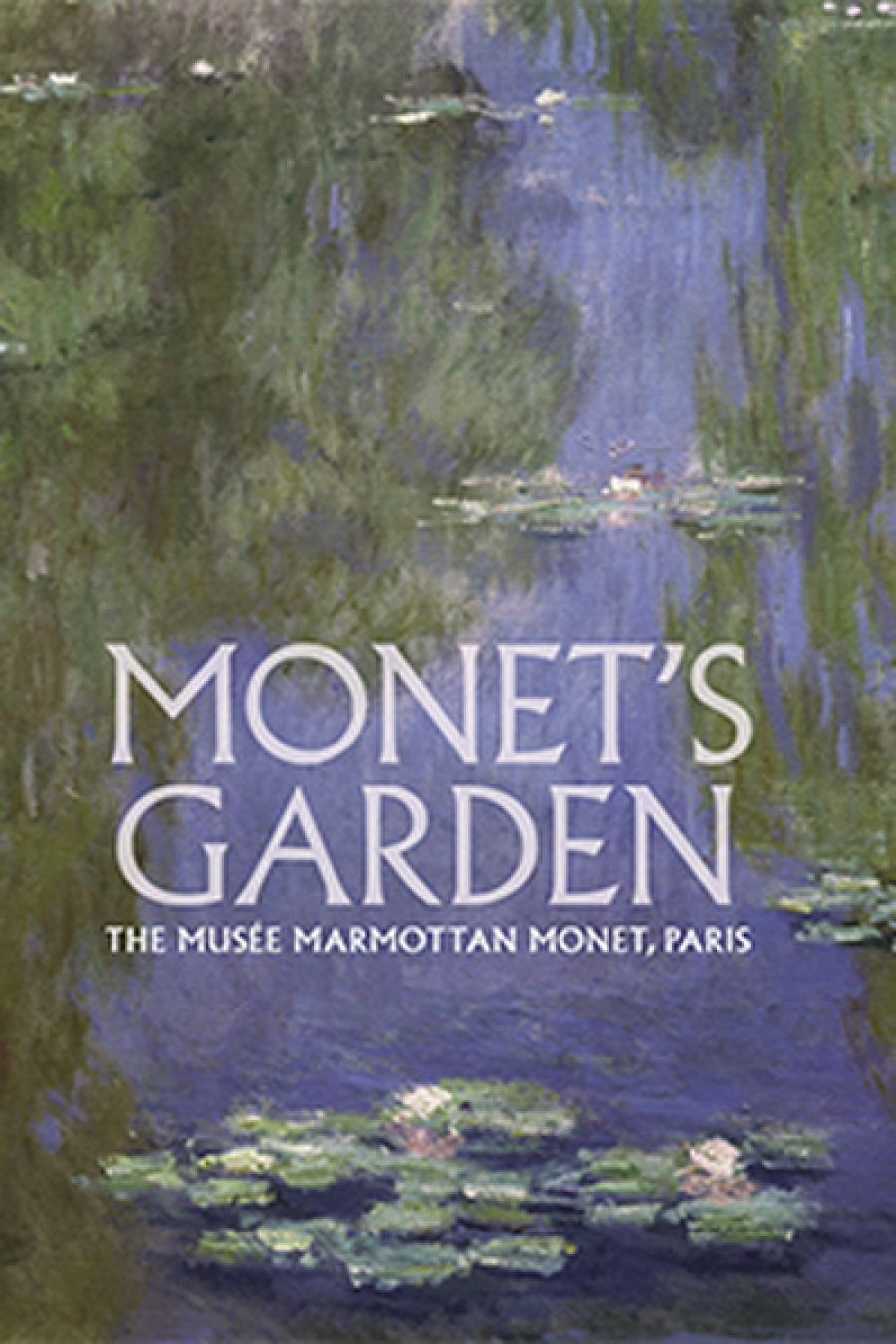
- Free Article: No
- Contents Category: Art
- Custom Article Title: Mark Dober reviews 'Monet's Garden: The Musée Marmottan Monet, Paris' by Marianne Mathieu et al.
- Review Article: Yes
- Article Title: Monet's garden
- Online Only: No
- Custom Highlight Text:
Claude Monet as an emotive artist? Hitherto, I have viewed Monet’s painting – or at least Monet the Impressionist – as sensual but detached. Having seen Monet’s Garden at the National Gallery of Victoria, I am now of the view that the artist’s later painting (the exhibition focuses on the work made at Giverny from 1893 until the artist’s death in 1926) has a subliminal and even expressionist dimension. How else to characterise the elegiac quality of the wonderful water lily series and the late abstract-like garden paintings made with such abandon? Moreover, having learned more about Monet himself at this time, I appreciate that he was far more challenged by life experiences than I had presumed, in spite of the tremendous critical and commercial success he enjoyed in the last decades of his career.
- Grid Image (300px * 250px):

- Book 1 Title: Monet’s Garden
- Book 1 Subtitle: The Musée Marmottan Monet, Paris
- Book 1 Biblio: National Gallery of Victoria, $69.95 hb, 216 pp
Monet’s Garden has been mostly sourced from the Musée Marmottan in Paris and is co-curated by Marianne Mathieu of the Marmottan and Sophie Matthiesson, Curator of International Art at the NGV. The latter’s essay, ‘Monet’s Political Garden’, is particularly interesting for its argument that the garden at Giverny functioned as ‘a political metaphor’. The essay examines the establishment of the garden and the horticultural politics involved in doing so, how the organisation of the garden related to Monet’s art, and who came to the garden. While I previously knew that Georges Clemenceau (prime minister of France from 1917) was a regular visitor, I was surprised to learn that the influential anarchist writer Octave Mirbeau was also a close friend who frequented the garden, and even more surprised to learn that the seemingly bourgeois Monet subscribed to two leading anarchist journals at this time.
The essay by Australian Monet specialist Virginia Spate is another highlight. Spate relates Monet’s water lily paintings to the Symbolist context, a dreamy and unworldly aesthetic that was popular in European art around the turn of the century. This is quite a long way from the traditional Modernist view that links Monet’s art of this period to its impact on later abstract developments in art.
 Waterlilies (Nymphéas) 1917–19, Musée Marmottan
Waterlilies (Nymphéas) 1917–19, Musée Marmottan
Monet’s Garden demonstrates the big shift that occurred in Monet’s art once he settled into Giverny. The art became more personalised, drawing inspiration from his own created environment to which he belonged. The works are suddenly much bigger; we feel immersed in his watery and shady world. The mark-making becomes more gesturaland nature appears as shifting, elusive, and dematerialised. Predominantly green and mauve colour oppositions suggest a mood more symphonic and melancholic than in his earlier works.
While the flatness of the picture plane of these wonderful water lily paintings harmonises with the flatness of the actual water’s surface – a perfect match by which to realise the Modernist dictum of the ‘integrity of the picture plane’ – Monet was not pursuing an abstract agenda. He was deeply immersed in responding to his actual subject matter. Indeed, the wall-sized video of Monet painting at the entrance to the exhibition shows him constantly looking back and forth from his canvas to the water lily motif. Monet’s art was always grounded in perceptual experience, or his ‘sensations’ as he called them.
But all is not as it seems. The catalogue contains excerpts from letters written by Monet’s second wife, Alice, which reveal that in the period prior to the first exhibition of water lily paintings at the Durand-Ruel Gallery in 1909, Monet was often withdrawn and plagued with anxiety. Alice writes, ‘My poor Monet has written in despair to Durand to say he is giving up on the exhibition ... To go through such anguish when life is already so short and fine days are so rare ...’ But the extracts conclude on a triumphant note, with Alice describing the show as ‘a great success’. Even at this time of artistic triumph, Monet’s difficulties continued: Alice’s death in 1911 caused him great despair, his son Jean died in 1914, he feared for his other son, Michel, who was at the front in World War I, and his own eyesight was deteriorating.
Monet’s visual problems are frequently cited in both the exhibition and catalogue when discussing the artist’s late work, which is richly coloured, abstract, and spontaneous to a frantic degree. But notwithstanding Monet’s difficulties in making the work at this time, it strikes me as among the most engaging and expressive painting in the show.
While Monet’s life and garden occupy centre stage in the catalogue text, there is no sustained discussion of the painting itself – no discussion of his method, use of colour, or the perceptual basis of his output (regardless of stylistic innovations). That Monet was within the space and motif to which he was responding is crucial to an appreciation of how the work was made, and hence its meanings. I would like to have seen his process investigated in the text. Nevertheless, the primary function of an exhibition catalogue is its visual record of an exhibition, and in this regard the catalogue excels with its many full-page and double-page reproductions; some feature details of works that allow us to clearly see Monet’s brushy paint strokes.
Monet’s Garden is one of the best exhibitions I have seen at the NGV. The catalogue is informative and a visual treat. Monet’s painting remains relevant for contemporary art. Its spontaneity, celebratory stance towards nature, and chromatic use of colour, still seem intrinsically modern and an inspiration to us all.


Comments powered by CComment